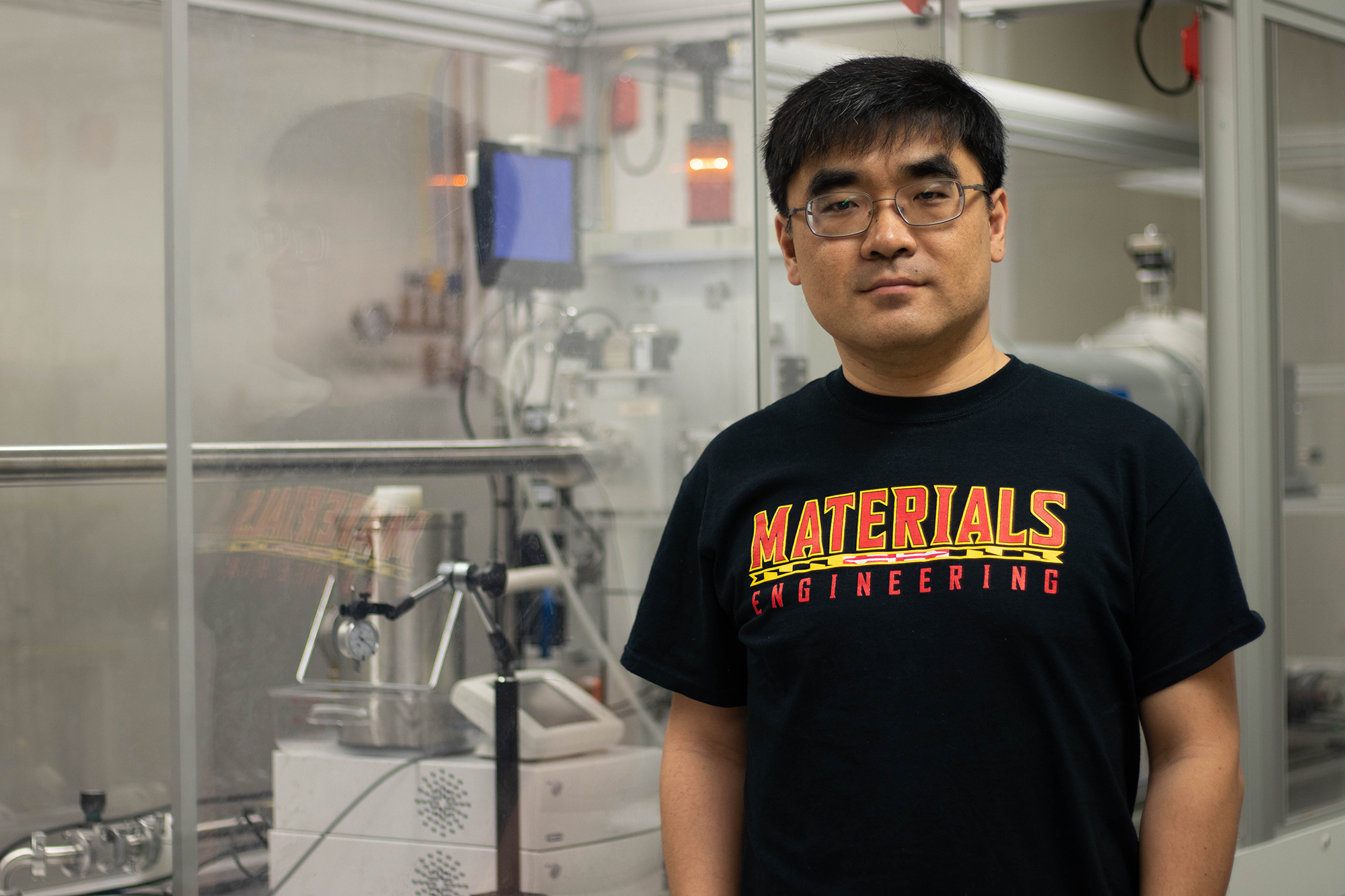For years, scientists have been looking for new ways to use heat to generate electricity. University of Maryland researchers may have found it — with wood.
Using a material made from processed wood, researchers from two of this university’s engineering departments revealed in a paper published last month that they’ve found the most sustainable way yet to create electricity from low-grade heat — meaning temperatures lower than 100 degrees Celsius.
The technology “can drive ions from one side of the material to the other side as a method to generate electricity,” said Liangbing Hu, a professor in the materials science and engineering department and co-author of the paper.
Their paper is the first of its kind to demonstrate that scientists can generate power in a material made from wood rather than metal, said Tian Li, one of the project’s lead researches.
“There are existing technologies that are harvesting this type of thermo-energy,” said Li, a postdoctoral associate in the materials science and engineering department. “But they are not efficient enough.”
[Read more: UMD professor builds simulator to train self-driving cars]
Li’s team removed lignin, a chemical property important to wood’s rigidity, and other chemical properties from a piece of wood. This was to isolate the cellulose — which is made up of very small, straight channels — and allow for the movement of ions, resulting in the production of heat.
And when a electrolyte solution was added to the material, the team saw positive ions — atoms with a net positive electric charge — move much faster than expected, while negative ions did the opposite.
As a result, the research teams were able to measure a much greater voltage from the wood-based material — almost double what has ever been measured in any material with a repetitive molecular structure, called a polymer.
“It has very wonderful thermoelectric properties,” said Xin Zhang, an assistant researcher in the materials science and engineering department and another co-author on the paper.
[Read more: UMD research team invents fabric that adapts to body temperature
Generally, research like this is conducted with metals or metal-like materials, Li said — but hers is the first paper that proves this much voltage can be generated from a polymer.
The potential uses for harnessing this energy are great, she added. Low-grade heat is ideal for the researcher’s material and is abundant on earth — and with the new technology, scientists may be able to harness it to create electricity from virtually anywhere on the planet.
“Temperature lower than 100 degrees Celsius is really everywhere. On top of the roof, on the human body, on the backside of your computer, really everywhere,” Li said.
Using wood — a renewable resource that can be replenished by planting more trees — is better for the environment than using metal, Li added. And the process of cutting down trees to produce the material will result in new, younger trees — which process the carbon in our atmosphere at a faster rate — being planted, she said.
“We are trying to push for a more efficient way [to create energy like this] compared with the previous technology,” Li said. “The higher efficiency of heat harvesting … is very critical. It is the motivation for the work.”



